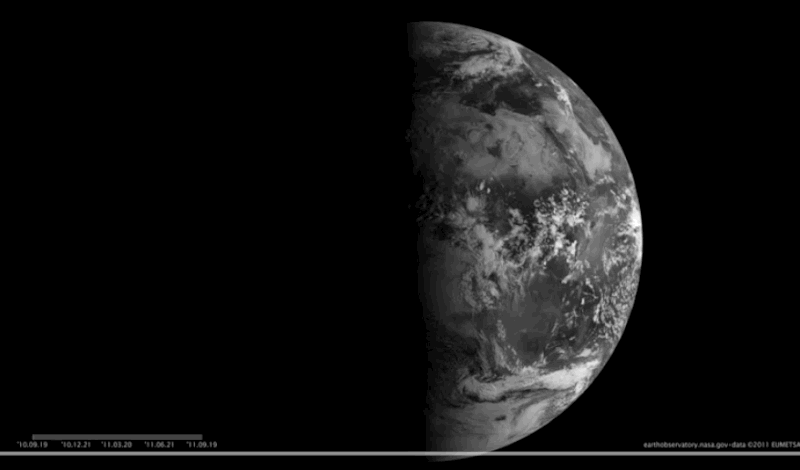A Cosmic Dance Through Time
The precession of the equinoxes is a celestial phenomenon that has fascinated astronomers, astrologers, and scholars for millennia. Often described as a "wobble" in Earth's rotation, this subtle motion has profound implications for our understanding of time, space, and the cosmos. But what exactly is the precession of the equinoxes, and why is it important?
What is Precession?
Precession refers to the slow, cyclic movement of the Earth's axis as it rotates. Imagine a spinning top; as it loses momentum, it starts to wobble. Similarly, Earth's axis is not fixed; it traces out a circular path over a period of approximately 25,772 years. This means that the celestial pole—the point in the sky around which stars appear to rotate—shifts over time.
The Equinoxes
Equinoxes are the two points in the year when the Sun crosses the celestial equator, resulting in nearly equal day and night across the globe. These occur around March 21 (vernal equinox) and September 21 (autumnal equinox). Due to precession, the equinoxes themselves are not stationary; they gradually shift along the ecliptic plane, the apparent path the Sun takes through the sky over the course of a year.
Historical Significance
The precession of the equinoxes has been known since ancient times. The Greek astronomer Hipparchus is often credited with its discovery around 130 BCE, although there is evidence that earlier civilizations like the Egyptians and Babylonians were aware of this phenomenon. The precession has implications for various fields, including astronomy, astrology, and even religious practices. For example, the shifting of the equinoxes has led to debates about the timing of religious holidays that are based on celestial events.
Scientific Importance
From a scientific standpoint, understanding precession is crucial for accurate celestial navigation and timekeeping. The phenomenon affects the position of celestial bodies, which in turn influences calculations for spacecraft trajectories and satellite placements. Moreover, precession helps scientists study Earth's past climate by providing a framework for analyzing ice cores and sediment layers that record natural cycles.
Cosmic Choreography
One of the most fascinating aspects of precession is its role in the "Great Year," a term coined to describe the approximately 26,000-year cycle of the Earth's wobble. This cycle is thought to be influenced by the gravitational forces exerted by the Moon and the Sun on Earth's equatorial bulge. The Great Year has been a subject of interest in various cultural mythologies and esoteric philosophies, often associated with cycles of rebirth and renewal.
Climate Implications
The precession of the equinoxes also has long-term implications for Earth's climate. The axial wobble affects the angle and duration of sunlight received at different latitudes, contributing to climatic variations known as Milankovitch cycles. These cycles are believed to be linked to the timing of ice ages and other significant climate events.
Conclusion
The precession of the equinoxes is a complex and captivating phenomenon that links the realms of science, history, and spirituality. Its slow dance through time serves as a cosmic clock, influencing everything from our calendars and navigation systems to our understanding of Earth's climatic history. As we continue to explore the universe, the precession of the equinoxes remains a key concept, reminding us of the intricate and ever-changing nature of the cosmos we inhabit.



Share:
Where to View the April 2024 Total Eclipse
The Enigmatic World of Uranus: A Deep Dive into the Ice Giant